
The Great and The Good (plus yours truly) gathered at the decidedly swish Soho Hotel in Richmond Mews on the evening of 29th November for what has become an annual – and eagerly anticipated – event, the Transworld crime fiction showcase. Transworld have an enviable record of not only snaring established writers, but spotting talented authors and giving them a stage on which to make their debut.

After a few glassesof the cup that cheers and inebriates we went down to one of the hotel’s film screening rooms to meet the three writers who were to be centre stage. In the chair was none other than Patricia Nicol – Sunday Times journalist, editor and author. The literary debutante was Lesley Kara, and she talked about how her novel The Rumour had been influenced by real life cases of children murdering other children.The spectres of Mary Bell, Jon Venables and Robert Thompson obviously cast a long shadow over her book, and she spoke with great conviction about the moral dilemma faced by society when these killers reach adulthood and strive for rehabilitation, with or without the anonymity provided by the state. The Rumour will be published on 27thDecember 2018.

Fiona Barton already has two highly regarded novels – The Widow (2016) and The Child (2017) – to her name and The Suspect will be on the shelves from 24th January 2019. It has become something of a rite of passage for aspirational youngsters to heave their back-packs onto their shoulders and head off to the Far East or Australasia in search of who-knows-what, leaving their parents anxiously waiting for a text, a Skype message or – heaven forfend – a postcard saying that all is well and they are having a great time. Fiona takes us into the nightmare world of parents when two girls go missing on a trip to Thailand, and the fate of the eighteen year-olds becomes a lurid and speculative media story, She also explained that her narrative style, where the story is told from several contrasting viewpoints, stems from her work as a journalist where interviewing a range of people can reveal differing versions of reality.

The graphics for The Secretary highlight the first six letters of the second word, and Renée Knight has based her second novel on the uniquely ambiguous position of the women –and it is usually women – who are personal secretaries to powerful corporate individuals. They are the silent shadows in the rooms where decisions are made that will influence the lives of thousands, and they witness the rage and the frustrations of the powerful. What, Renée Knight asks, happens when one such person, silent and discreet for years, is pushed to the point where what she knows and what she has seen hands her a potentially deadly weapon? The Secretary will be available from 21st February 2019.


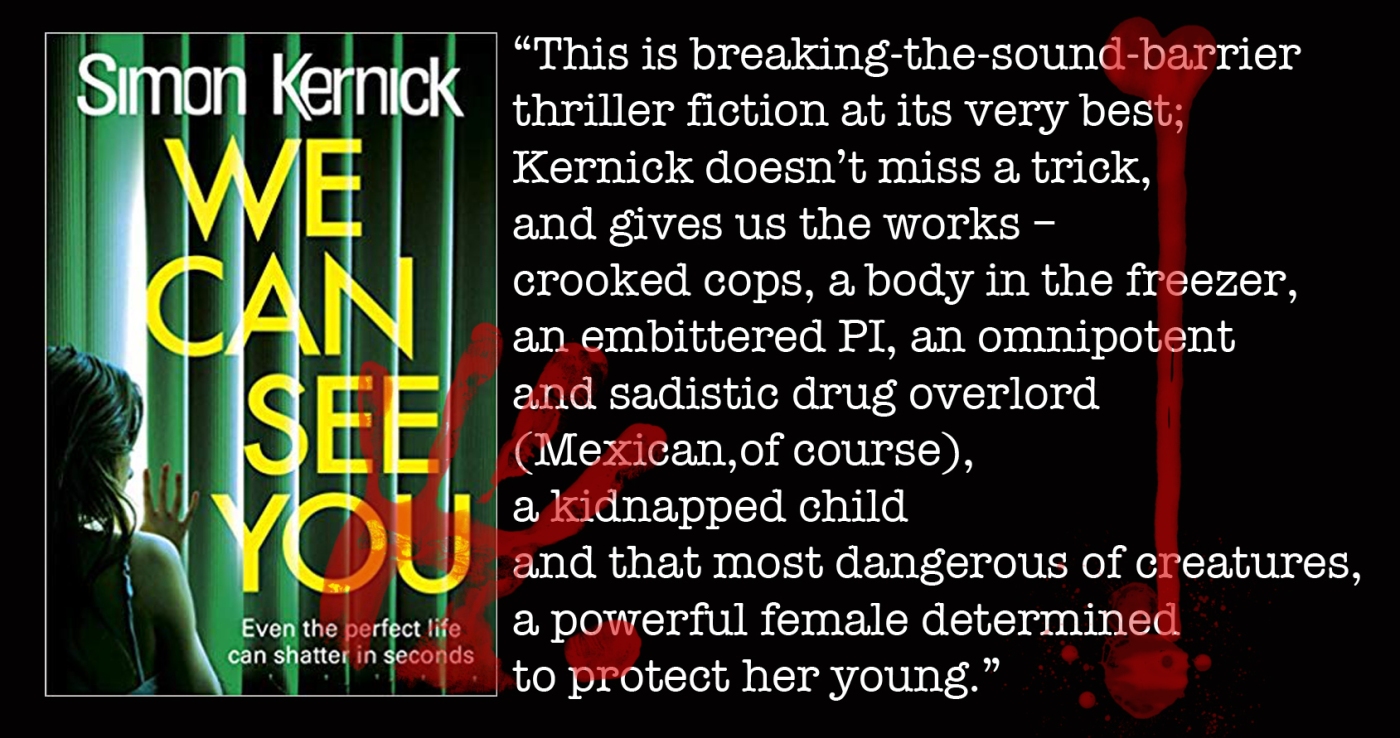




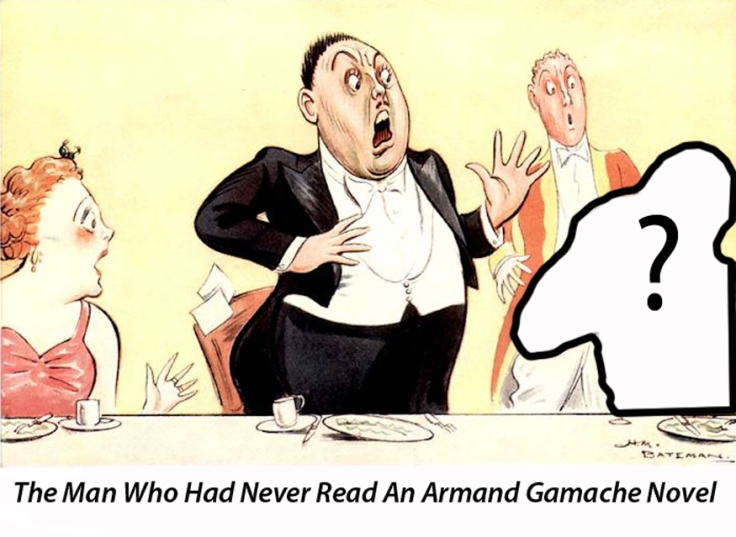




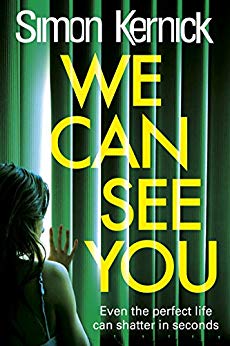
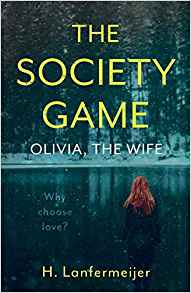
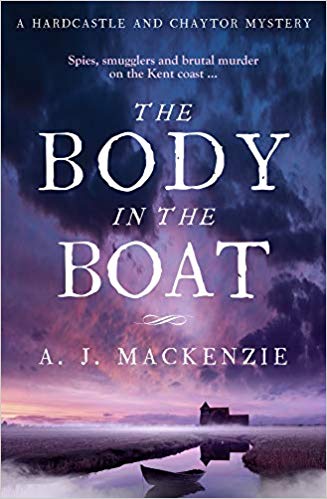 A J Mackenzie is the pseudonym of Marilyn Livingstone and Morgen Witzel, an Anglo-Canadian husband-and-wife team of writers and historians.
A J Mackenzie is the pseudonym of Marilyn Livingstone and Morgen Witzel, an Anglo-Canadian husband-and-wife team of writers and historians. 
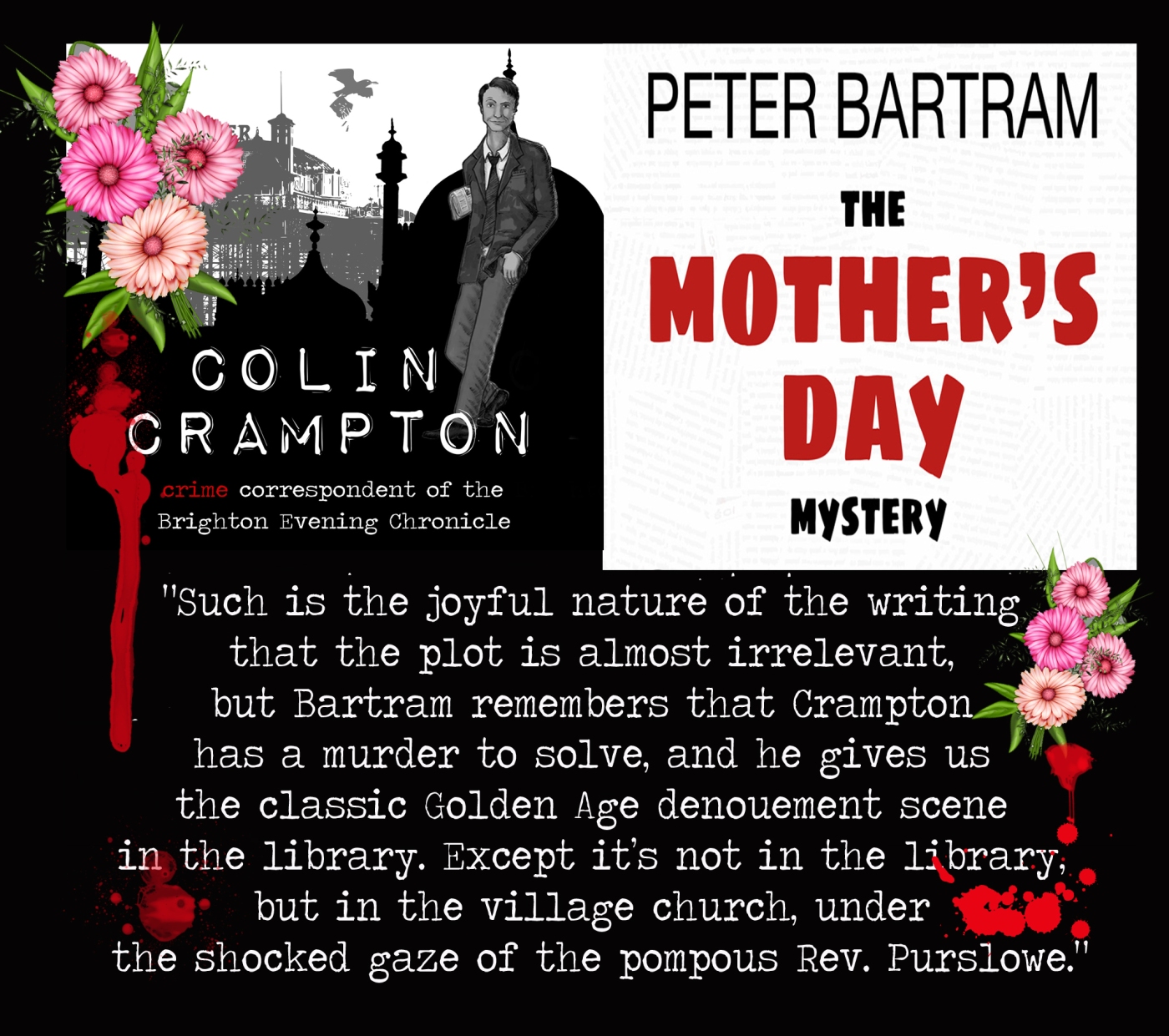

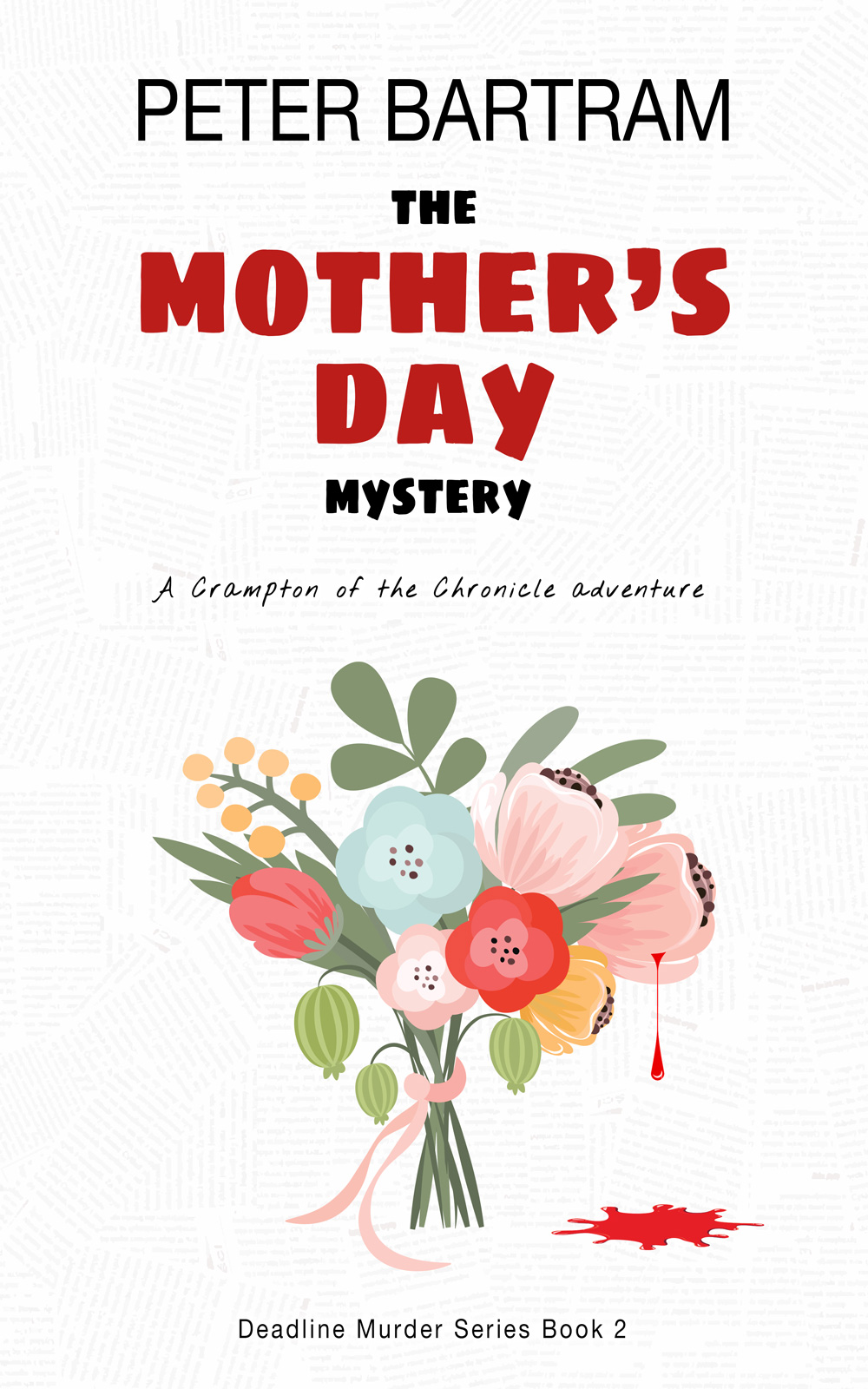 In The Mother’s Day Mystery, Crampton discovers the body of a schoolboy who has evidently been knocked off his bike and fatally injured. What on earth was Spencer Hooke doing away from his dormitory in Steyning Grammar School at the dead of night, cycling along a lonely and windswept clifftop road? In pursuing this conundrum, Crampton whisks us into a world of stage vicars, seedy pub landlords, archetypal leather-elbowed schoolmasters and impecunious toffs. There are jokes a-plenty, and Bartram indulges himself – and those of us who are, similarly, in the autumn of our years – with many a knowing cultural reference that might puzzle younger readers. He takes us into a wonderful sweet shop, the kind which can nowadays only be found in museum recreations:
In The Mother’s Day Mystery, Crampton discovers the body of a schoolboy who has evidently been knocked off his bike and fatally injured. What on earth was Spencer Hooke doing away from his dormitory in Steyning Grammar School at the dead of night, cycling along a lonely and windswept clifftop road? In pursuing this conundrum, Crampton whisks us into a world of stage vicars, seedy pub landlords, archetypal leather-elbowed schoolmasters and impecunious toffs. There are jokes a-plenty, and Bartram indulges himself – and those of us who are, similarly, in the autumn of our years – with many a knowing cultural reference that might puzzle younger readers. He takes us into a wonderful sweet shop, the kind which can nowadays only be found in museum recreations: Anyone who is a student of English humour will soon see that Bartram is part of a long and distinguished tradition of comic writers who find meat and drink in the absurdities of English life and social structures. In the world of crime fiction, however, comedy does not always sit well with murder and bloodshed. The great and sadly under-appreciated
Anyone who is a student of English humour will soon see that Bartram is part of a long and distinguished tradition of comic writers who find meat and drink in the absurdities of English life and social structures. In the world of crime fiction, however, comedy does not always sit well with murder and bloodshed. The great and sadly under-appreciated 
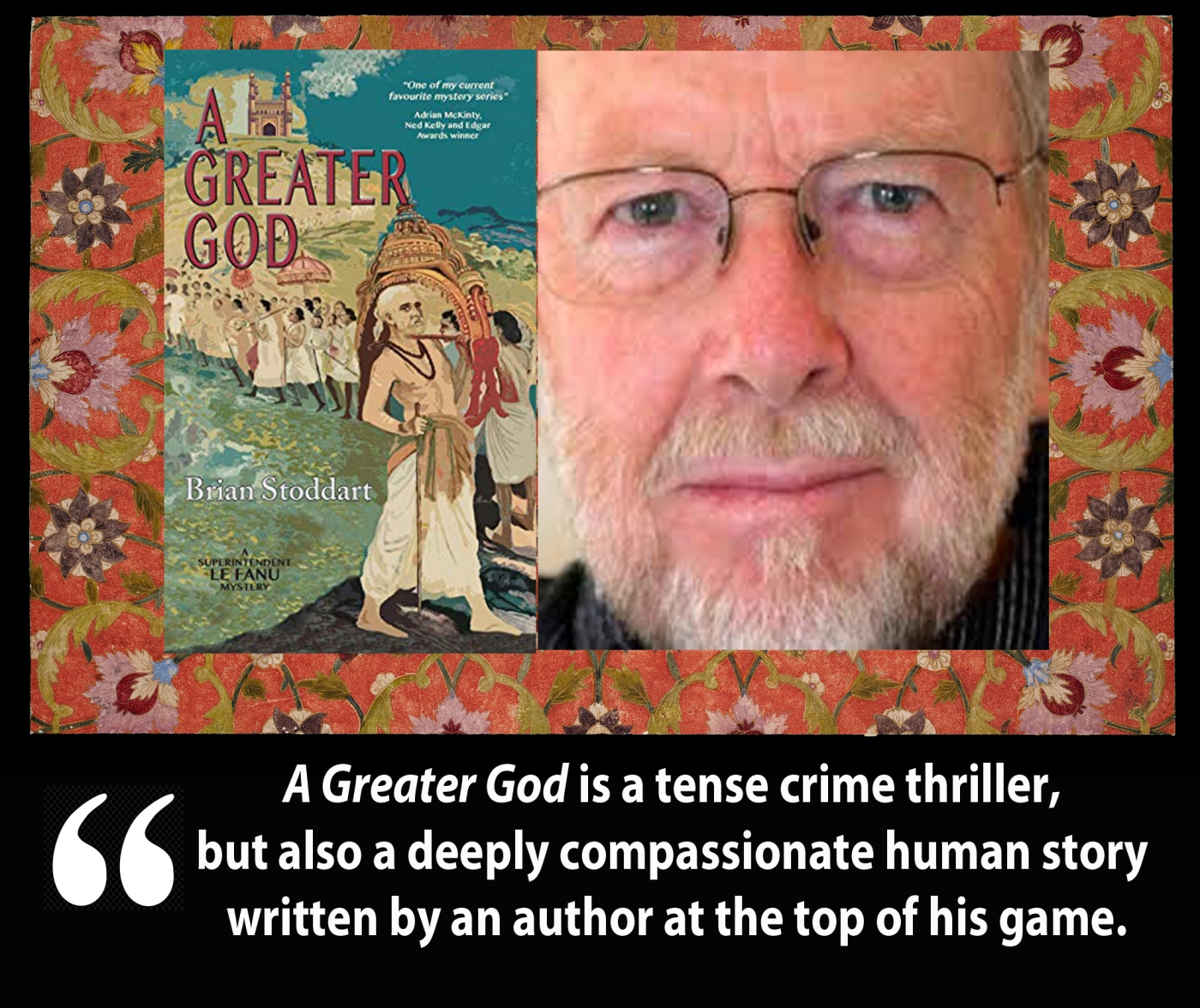

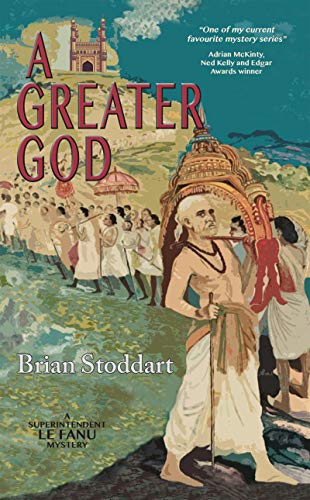 Superintendent Christian Le Fanu makes a welcome return in A Greater God, the fourth in the excellent series of historical crime novels by Brian Stoddart. The previous novel,
Superintendent Christian Le Fanu makes a welcome return in A Greater God, the fourth in the excellent series of historical crime novels by Brian Stoddart. The previous novel, 

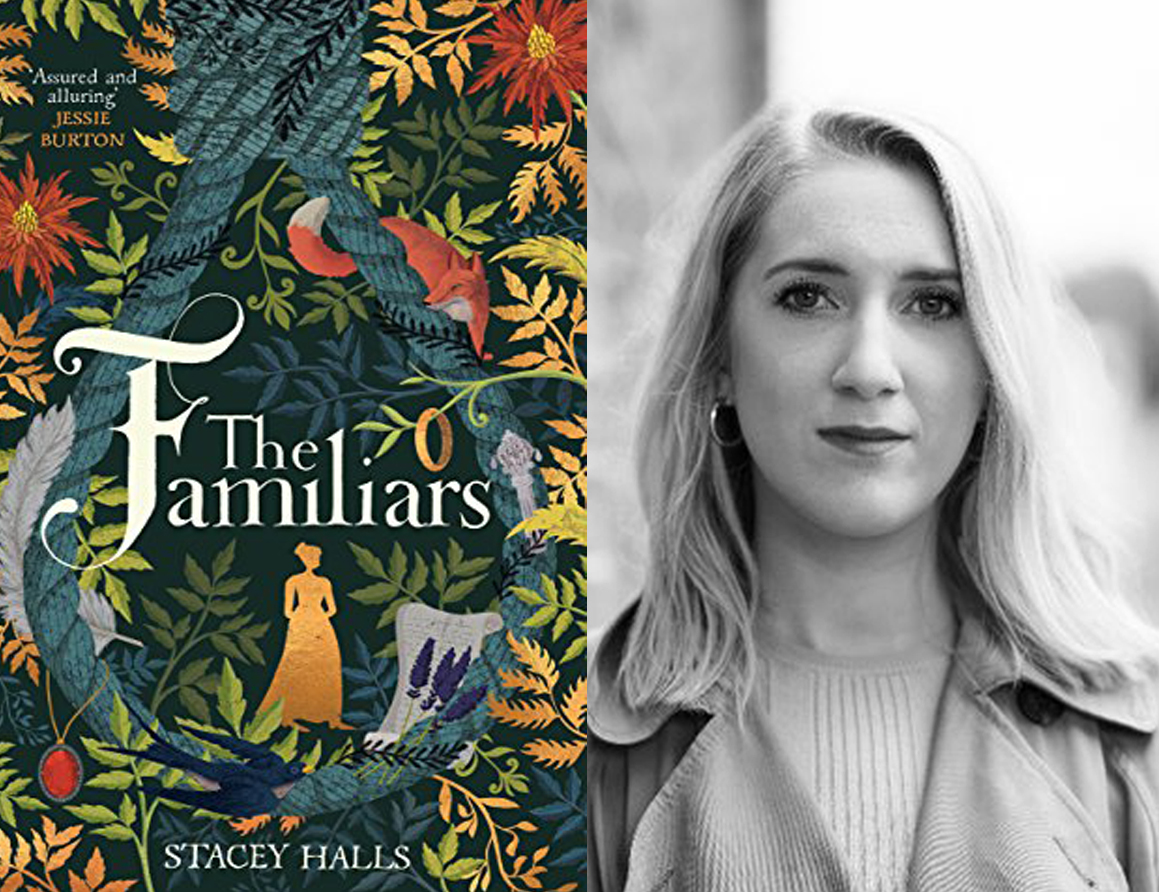
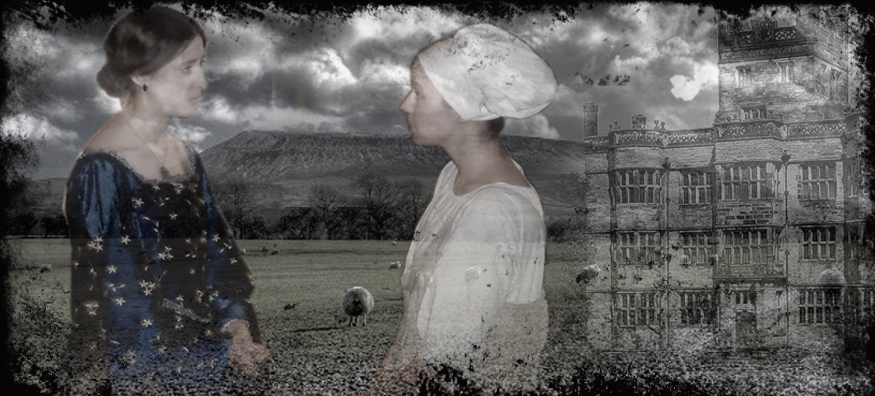
 AT THE APPROPRIATELY NAMED DEAD DOLLS HOUSE in Islington, the inventive folks at publishers Bonnier Zaffre launched Stacy Halls’ novel The Familiars with not so much a flourish as a brilliant visual fanfare.
AT THE APPROPRIATELY NAMED DEAD DOLLS HOUSE in Islington, the inventive folks at publishers Bonnier Zaffre launched Stacy Halls’ novel The Familiars with not so much a flourish as a brilliant visual fanfare. witchy tinctures using a potent combination of various precious oils. I went for Frankincense with a dash of Patchouli. I managed to smear it everywhere and such was its potency that my wife was convinced that I had been somewhere less innocent than a book launch.
witchy tinctures using a potent combination of various precious oils. I went for Frankincense with a dash of Patchouli. I managed to smear it everywhere and such was its potency that my wife was convinced that I had been somewhere less innocent than a book launch.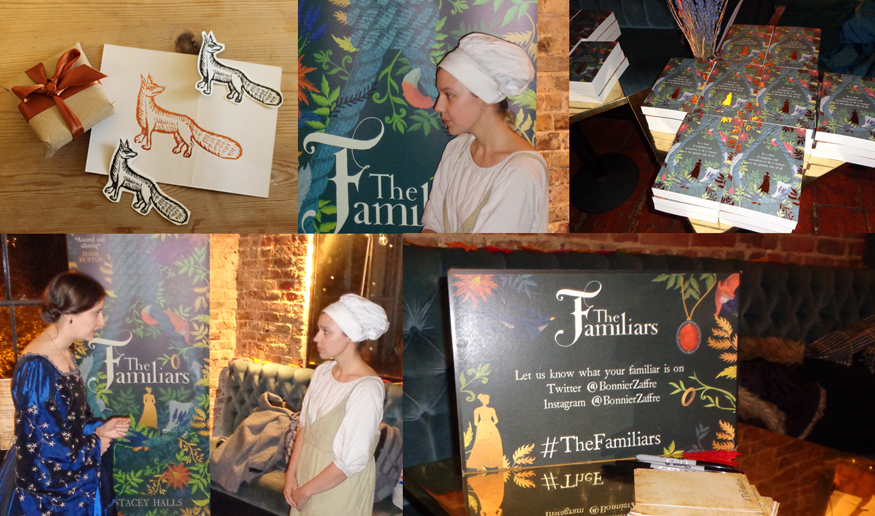

 And that was when I remembered my first news editor. I never saw him without a Woodbine hanging off his lower lip. And so Frank Figgis, news editor of the Evening Chronicle, was born. Of course, there was still lots to think about – especially more regular characters. But with Colin (right) and Frank I felt I was on my way. Both of them have big roles to play – along with other regulars, especially Colin’s girlfriend Shirley Goldsmith – in the latest tale The Mother’s Day Mystery.
And that was when I remembered my first news editor. I never saw him without a Woodbine hanging off his lower lip. And so Frank Figgis, news editor of the Evening Chronicle, was born. Of course, there was still lots to think about – especially more regular characters. But with Colin (right) and Frank I felt I was on my way. Both of them have big roles to play – along with other regulars, especially Colin’s girlfriend Shirley Goldsmith – in the latest tale The Mother’s Day Mystery.







